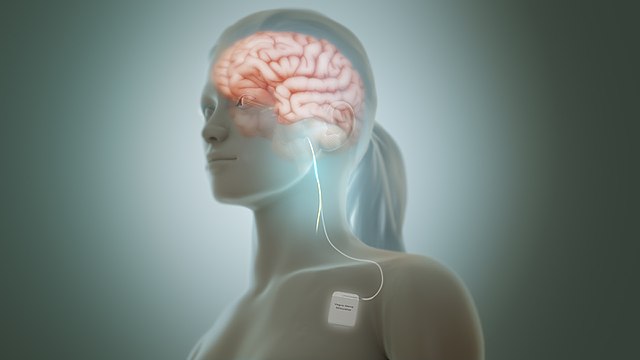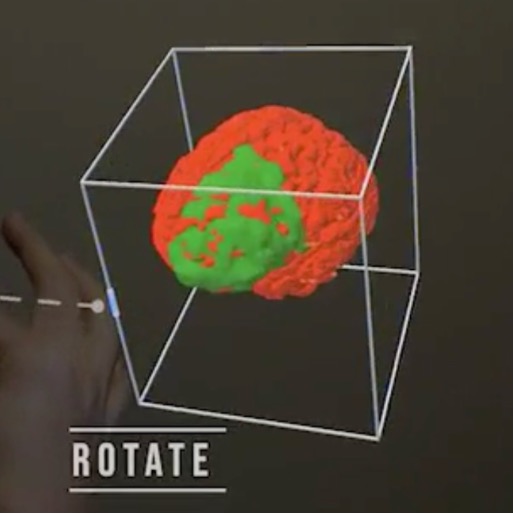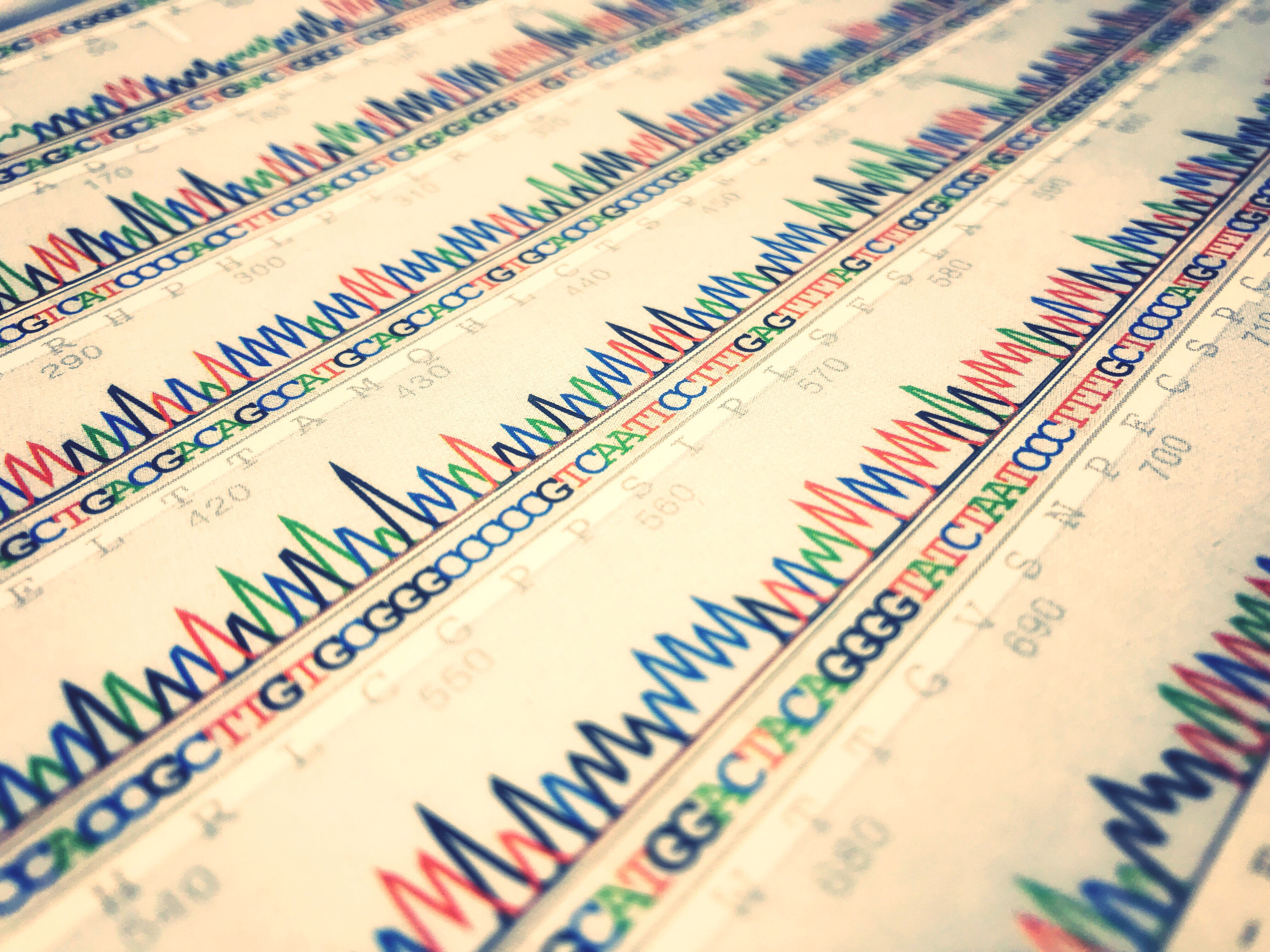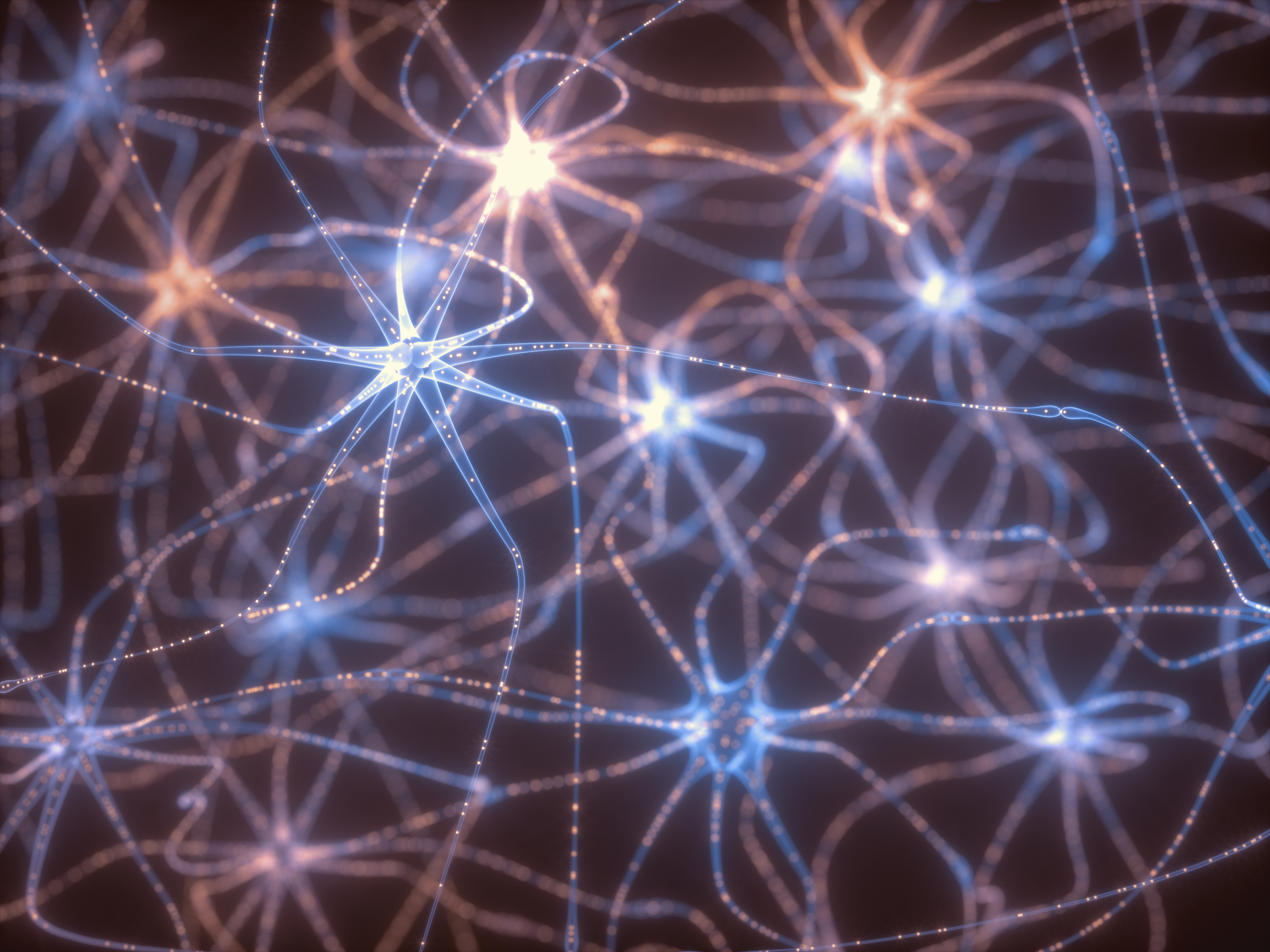- Agriculture
- Antibiotic/anti-viral
- Biologics
- Biomarkers
-
By Clinical Application
- Anesthesiology
- Blood & Lymphatic Disease
- CNS & Neurosciences x
- Dermatology
- Diabetes, Metabolism, Endocrinology & Obesity
- Ear, Nose, & Throat
- Emergency Services
- Gastroenterology & Digestive Disease
- General & Plastic Surgery
- Health Education, Medical Training and Operations
- Heart and Vascular
- Immunology, Autoimmune & Inflammation
- Infectious Diseases
- Mental Health
- Multiple clinical applications
- Musculoskeletal Disorders, Orthopedics/Bone
- Nephrology/Renal
- Oncology
- Ophthalmology
- Orphan Diseases
- Pediatrics
- Physical Medicine & Rehabilitation
- Radiology
- Regenerative Medicine / Tissue Engineering
- Reproductive Health: Obstetrics & Gynecology
- Respiratory & Pulmonary
- Surgery
- Transplantation
- Urology
- Wound Healing
- COVID-19
- Creative Works
- Diagnostics
- Drug Delivery
- Drug screening and discovery
- Energy, Cleantech & Environmental
- Engineering & Physical Sciences
- Gene therapy
- Imaging
- Materials
- Medical Devices
- Nutraceuticals
- Other
- Research & Design Tools
- RNAi/siRNA
- Sensors & Controls
- Small molecules
- Software & Information Technology
- Stem Cells
- Vaccines
- Veterinary Medicine
A method to improve deep brain stimulation treatments by using cortical evoked potentials as a biomarker
Unmet Need Neuromodulation therapies are used to treat a wide variety of clinical conditions. For example, an estimated 150,000 deep brain stimulation (DBS) implants are performed globally to help treat movement disorders like Parkinson’s Disease.…
A multi-electrode multiplexed channel brain-computer interface for patient assistive technologies
Unmet Need According to the WHO, in 2019 neurological disorders were recognized as a growing public health challenge resulting in over 500,000 deaths globally. In the US alone, neurological diseases cause an estimated $800 billion-dollar…
Minimally invasive vagus nerve stimulation to improve cognitive function
Unmet Need Neuroinflammation is a major driver of cognitive deficits and the development of neurological disorders. The vagus nerve plays a critical role in regulating physiological responses to resolve neuroinflammation. Vagus nerve stimulation (VNS) is…
Augmented Reality for Neurosurgery
Unmet Need Approximately 30% of the 3.5 million epilepsy patients in the United States struggle to control seizures despite receiving existing treatments. These patients often undergo neurosurgery to help alleviate their symptoms. Surgical planning involves…
Novel epigenome editors for multiplexed gene regulation
Unmet Need Epigenome editors activate or inhibit gene expression without modifying the underlying DNA sequence. Consequently, these editors can reversibly fine-tune gene expression without the risk of permanently altering the genome or off-target editing. Epigenome…
Gene therapy for ATP1A3-Related Neurologic Disorders
Unmet Need Children with Alternating Hemiplegia of Childhood can have episodes of temporary paralysis, dystonia, and severe behavioral problems. The prevalence of AHC is estimated to be 1 in one million to 1 out of…
Non-opioid treatment for chronic pain using a neurotensin receptor 1 modulator
Unmet Need For individuals experiencing chronic pain, day-to-day tasks and activities can become difficult or impossible. It can also lead to other long-term health challenges including insomnia, stress, anxiety, and depression. Chronic pain is so…
Genetically encoded neuronal electrophysiology
Unmet Need An essential part of studying the brain is understanding how a symphony of neurons activate together, as a circuit, to carry out specific functions. Studying these circuits sheds valuable insight into healthy neurons…
Engineered conductive polymer for neural activity recording
Unmet Need Dysfunctions in neural circuit activity underlie complex psychiatric diseases such as depression, schizophrenia, Alzheimer’s disease, and others. Neural activity recording is critical to understand brain function and how aberrations in neural circuits lead…
A tool to facilitate high affinity binding between beta-Arrestin and GPCR
Unmet Need Beta-arrestins are a highly conserved family of cytosolic adaptor proteins that contribute to a multitude of physiological functions through a canonical interaction with various G protein-coupled receptors (GPCRs). Through agonist binding to GPCRs,…
Method to optimize spinal cord stimulation therapy placement and parameters
Unmet Need Spinal cord stimulation (SCS) is an FDA approved therapy that stimulates the spinal cord using electrical pulses. This therapy is used to treat chronic pain, and it is estimated 50,000 spinal cord stimulating…










